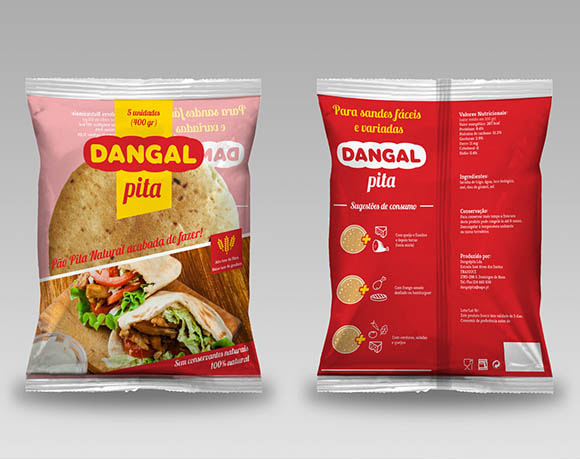What Are the Basic Requirements of Food Packaging?
In addition to ensuring food safety, food packaging is also an important means of ensuring the sensory quality of food such as color, aroma, and taste. In modern developed commercial fields, food packaging also plays an important role in food promotion. Therefore, as a food packaging, it should at least meet the following requirements:
1. Strength requirements:
Since food has to go through circulation processes such as stacking, transportation, and storage before it can reach consumers after packaging, this requires food packaging to have a certain strength and not be damaged during the circulation process.
2. Barrier resistance requirements:
The barrier properties of food packaging are determined by the characteristics of the food itself. Different foods have different requirements for the barrier properties of their packaging. On the one hand, the barrier properties of food packaging ensure that various bacteria, dust, light, gas, moisture, etc. in the external environment cannot enter the food in the package; on the other hand, it ensures that the moisture, grease, aromatic ingredients, etc. contained in the food are Ingredients essential to food quality do not penetrate outward, thereby ensuring that packaged food does not deteriorate. There are also some foods that require packaging materials to be selective in blocking gases. For example, fruit and vegetable preservation packaging can selectively transmit O2 and CO2 by controlling the pore size of the material, thereby controlling the breathing intensity of the packaged food and achieving fruit and vegetable preservation. the goal of.
3. Safety and health:
While food packaging materials have the necessary barrier properties, they must also ensure that the packaging materials themselves are safe, non-toxic and produce no volatile substances, which means that the packaging materials themselves are required to have stable organizational components. In addition, during the implementation of the packaging process, substances and chemical components that chemically react with food ingredients will not be produced. There will be no chemical changes due to changes in climate and normal environmental factors during storage and transfer.
4. Temperature resistance requirements:
Most food processing requires heat treatment. Some are packaged and then subjected to high-temperature treatment, such as canned foods and steamed snacks. Some are hot-filled, such as many hot-filled beverages. There are also many foods with a long shelf life, such as one year or more. , this kind of food stored at room temperature will inevitably go through hot summers during storage, and it must be continuously above 300C, which requires the food packaging to have a certain temperature resistance. The requirements for temperature resistance vary depending on the food and processing technology.
5. Light protection requirements:
Light is very detrimental to the maintenance of food quality and nutrition. In particular, ultraviolet irradiation will oxidize the oil in the food and cause rancidity, oxidize the natural pigments in the food and change the color of the food, and promote the loss of vitamin B and vitamin C in the food. In addition, light will also cause the production of amino acids in the food. Decomposition, sugar melting and other physical and chemical changes that are not conducive to maintaining food quality. Therefore, light protection is also important for good food packaging.
6. Safety requirements:
Since food is a daily consumer product, it must go through the circulation process before reaching the consumer. This requires food packaging to be suitable for placement, transportation, display and convenient purchase. It must not have edges or burrs that may hurt people. It is best to have a dedicated portable device. To facilitate purchasing. Also consider that when opening the packaging, even if it is not done correctly, it will not cause harm to the consumer.
7. Promotional requirements:
Promotional performance is one of the important functions of food packaging. Promotional requirements require food packaging materials to be easy to print, easy to shape, easy to color, and light in weight. In this regard, plastic undoubtedly has unique advantages.
8. Convenience requirements:
Convenient packaging is often an important reason for consumers to choose a certain food. The convenience of packaging includes convenience of use, such as the packaging of condiments, convenience of form, such as the newly launched milk tablets (dry milk powder); convenience of location, such as travel and snack food for outings, which require light weight, small size, and easy opening, etc. Features; requirements in terms of portability, measurement convenience, operation convenience, and selection convenience.
553
0
0



Comments
All Comments (0)